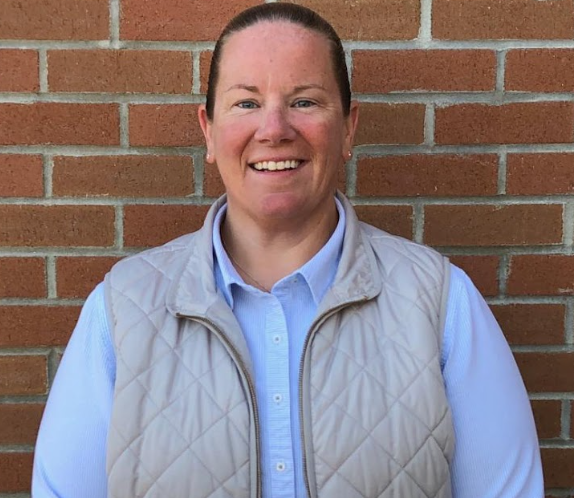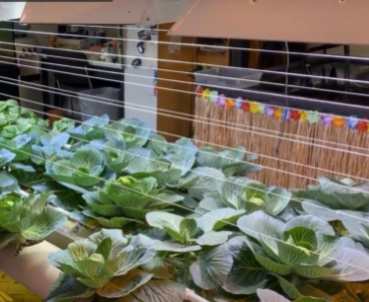Modern Food Production: An Experience Like No Other
June 7, 2021
Getting to spend 40 minutes every day in Mr. Mulé’s Modern Food lab has been a unique privilege. At 10 A.M., I enter the room to be greeted by the gurgling of pumps and water filters and the smell of fresh produce. The lab itself is a unique environment for a school—a room fully devoted to education on the sustainable production of food. Set up in what used to be a middle school tech lab, it has become a center for both opportunity and learning. Within it, there are three main sustainable techniques in food production that are practiced: hydroponics, aquaculture, and aquaponics.
Hydroponics, my personal favorite out of the lab’s practices, is the growing of plants without soil. In a hydroponics system, water and necessary nutrients are supplied to the plants through a fertilizer solution, which is either circulated using a pump (such as in a Nutrient Film Technique system) or allowed to passively stand (such as in shoebox hydroponics). The plants are secured in a growing medium (a common one includes expanded clay pellets), which provides no nutrient to the plant but gives it stability. Compared with traditional agriculture, hydroponics has many advantages, including that it requires less space and labor, is better for the environment, and produces plants that are better tasting and healthier within a shorter growth period. Aquaculture is the rearing of aquatic organisms. Within the lab, these include fish (tilapia) and crayfish. As opposed to fishing, in aquaculture, the stock are given the necessary food and kept in an optimal environment (correct temperature and pH, removal of wastes from water). Aquaculture allows for stock to be produced on-demand and grown to an optimal size, while protecting aquatic ecosystems from overfishing. Aquaponics is a unique technique that combines hydroponics and aquaculture. Coincidentally, many of the waste products that fish produce in an aquaculture system are Nitrogenous. With Nitrogen being one of the most important nutrients needed for plant growth and development, aquaculture intuitively uses the waste products of an aquaculture portion of the system as the nutrients for the hydroponics portion of the system. This allows for all the benefits of both hydroponics and aquaculture, while also eliminating the costs—both in money and in energy—of artificially producing nutrients. In addition to the main three types of systems, the lab also has other projects such as algae cultures, which have the potential to lead to the development of sustainable food sources, and microgreens, which are extremely nutritious young plants that can be used in salads and smoothies or eaten on their own.
Mr. Mulé has two courses that take advantage of the lab—Modern Food Production, a middle school elective, and Advanced Sustainable Agriculture, a high school elective. In addition to the coursework that consists of a curriculum around the three techniques in agriculture mentioned above, anyone who takes either class has the opportunity to work in the lab. But working in the Modern Food lab rarely feels like a chore—instead, it is a fulfilling experience that allows one to be a real part of making each system a success. The work is hands-on, but not tedious. Demanding, but not stressful or exhausting. Every person gets the chance to take part in the production of food in a way that is rapidly becoming necessary to protect the planet and feed an ever-expanding global population.
Over the past few weeks, it’s been somewhat somber to see the lab go mostly dark; with the summer approaching, it is necessary to mostly disassemble it. But in spite of the restrictions and adversity of the year, it has been both impressive and heartwarming to see how successful Mr. Mulé, along with all his classes, have been able to make the lab. I can also say with confidence that working in the lab, both this year and in years past, has been one of the best experiences of my time in school. I’ve learned an incredible amount, while being inspired to take up small-scale hydroponics projects at home. I have also been moved to consider going into a career in sustainable food production. Mr. Mulé and his lab are among the most compelling things that I feel set Wantagh apart from other communities. Because of them, Wantagh students have been given life-changing experiences, as well as crucial skills that will one day give us the ability to provide invaluable services to the global community. As we go away for the summer, I will greatly miss a room that accomplishes so much in a relatively small space.












